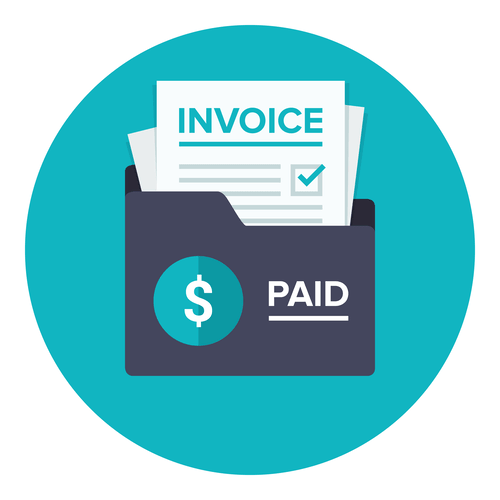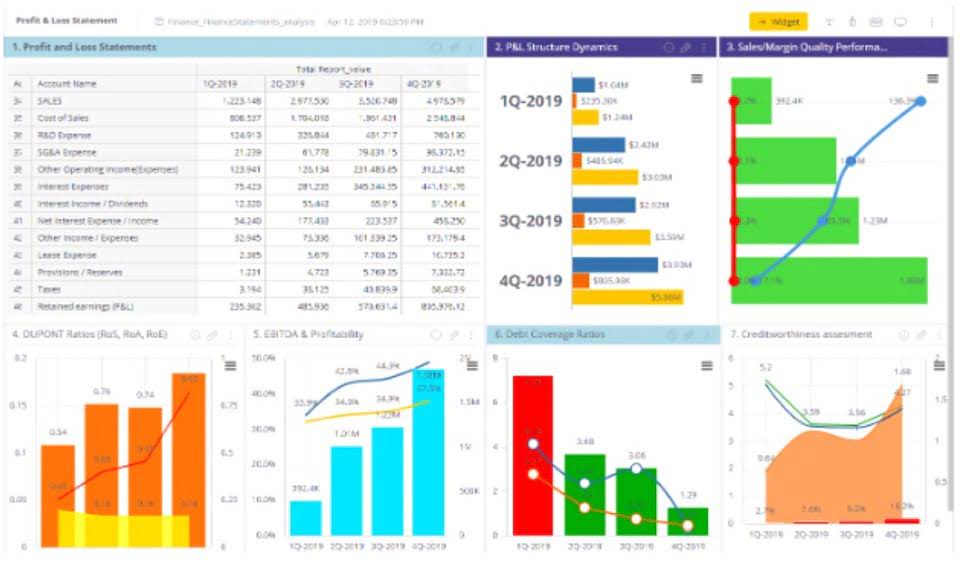
One of the company’s main objectives is to find out how many accounts receivable and how many they will collect. That’s why they prioritize customers with higher net realizable value credit strength, as they have higher NRV. With changes in market conditions and profit achieved with previous sales, sometimes target goals must be attainable.
What is fair market value?
It maintains the correct value for the product and helps accountants from overstating assets’ value. These examples show how NRV helps businesses determine the actual value they can expect from their assets, whether it’s inventory or accounts receivable. By applying NRV calculations, companies can ensure their financial statements reflect a more accurate and realistic financial position.

Inventory Accounting Assumptions

As we assess as part of our annual close process, let’s look at the balance as of 31 December 2020. US GAAP refers to a different term, stipulating we have to show assets at the lower of cost and market value. Market value refers to the asset’s current replacement cost, and it has a defined ceiling and floor, although the floor can be subjective.
Accounts Receivable Net Realizable Value

On the accounting ledger, an inventory impairment of $20.00 would then be recorded. For example, suppose a company’s inventory was purchased for $100.00 per unit two years ago, but the market value is now $120.00 per unit at present. The company states that as part of its calculation of inventory, https://www.bookstime.com/ the company wrote-down $592 million. Loosely related to obsolescence, market demand refers to customer preferences, tastes, and other influencing factors. In addition to a good becoming outdated, broad markets may be interested in substitute products, advanced products, or cheaper products.
- Companies usually record assets at cost (how much it cost to acquire the asset).
- Incorporating AI into NRV calculations not only makes the process more efficient but also enhances the overall accuracy and reliability of financial reporting.
- It maintains the correct value for the product and helps accountants from overstating assets’ value.
- Calculating the NRV of inventory and accounts receivable regularly prevents overstatement of assets in the Balance Sheet and helps us conform with the conservatism principle.
- There is a transportation fee of $320 for transporting all of the heavy couches from the business to the local mall.
- Based on this figure obtained, the firms determine the value of their asset.
- As we discussed, accountants use the NRV method when calculating their company’s accounts receivable balance.
The old rule (that still applies to entities that use LIFO or a retail method of inventory measurement) required entities to measure inventory at the LCM. The term market referred to either replacement cost, net realizable value (commonly called “the ceiling”), or net realizable value (NRV) less an approximately normal profit margin (commonly called “the floor”). In inventory, the NRV is used to allocate for the joint costs of the products prior to the split off in order to come up with the sales price of the individual products.
Step two: Deduct expected disposal costs.
The AI algorithm continuously learns through a feedback loop which, in turn, reduces false anomalies. We empower accounting teams to work more efficiently, accurately, and collaboratively, enabling them to add greater value to their organizations’ accounting processes. However, the company anticipates that it will incur a collection cost of $200 and may not be able to collect $300 of the invoice amount due to potential bad debt. Understanding the NRV is essential for businesses to maintain accurate financial records and make informed decisions.
As such, it’s an accounting policy choice that needs consistent application. NRV helps business owners and accountants understand the true value of an asset. The conservative principles involved in the calculation prevent the overstatement of assets. It also allows for the conservative and appropriate recording of assets for a business. Calculating the NRV of inventory and accounts receivable regularly prevents overstatement of assets in the Balance Sheet and helps us conform with the conservatism principle. NRV is a conservative method as it estimates the real value of an asset, after deducting selling costs or costs of disposal.
- Despite its advantages, calculating NRV can be complex and time-consuming, requiring precise estimates and regular adjustments due to market fluctuations.
- Keep in mind that this should follow the conservatism principle in accounting.
- What people want and are willing to pay for brings up a product or an industry’s value.
- As economies thrive, clients often have more money at their disposal and are able to pay higher prices.
For example, this is the money they generate after selling a product to a customer. One of the primary uses of net realizable value is inventory valuation in accounting. If a business buys goods, it needs to make a product that it can sell; it might suffer some extra costs through this process. To calculate the sale price per unit for the non-defective units, only the selling costs need to be deducted, which comes out to $55.00. The NRV of the defective Inventory is the product of the number of defective units and the sale price per unit after the repair and selling costs. Net realizable value is an important metric that is used in the lower cost or market method of accounting reporting.
- The calculation for Net Realizable Value has a variety of methods to get an answer.
- This means that the accountant should use the accounting method that does not overstate the value of assets.
- The total production and selling costs are the expenses required to facilitate the trade.
- When using NRV as a valuation method, it is clear that the overall value of goods has a heavy influence.
- Now if the market value of the product reduces in the coming year to 200rs, the NRV is 60 rs.
Net Realizable Value Formula

If not addressed over more extended periods, such behavior can become a severe problem for the company. Whenever we assess a need to book a write-down, the next step is to recognize it as an expense item in our profit and loss (Income Statement) and decrease the inventory value in our Balance sheet. IFRS requires applying the same assumptions and formula for the NRV calculation of similar items, while US GAAP has no such stipulation. Explore inventory forecasting methods, formulas, best practices, and strategies for… Know how to implement cashless transactions in the inventory management…










